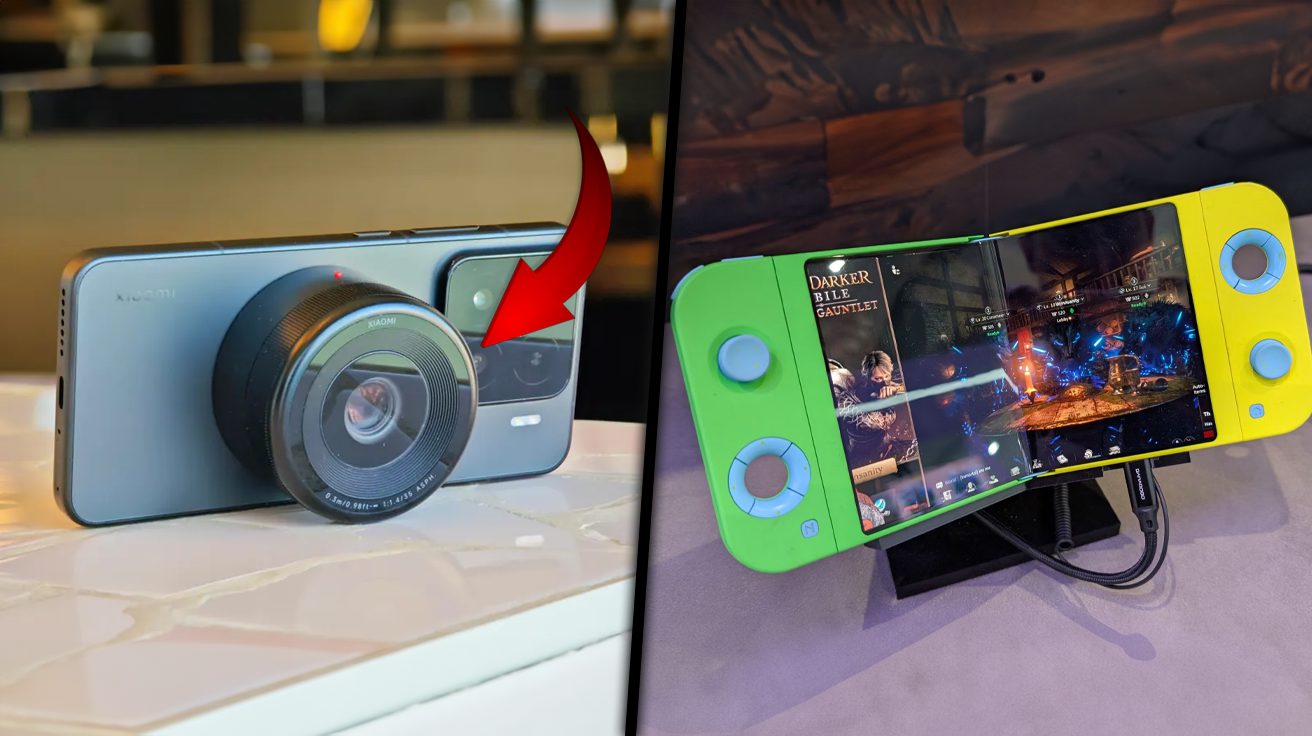Ever feel like your smartphone camera fails to capture what you actually see? Tired of screens that become unreadable in sunlight? Frustrated when your battery dies during outdoor adventures?
These everyday tech headaches drive today’s most exciting innovations. Companies worldwide now tackle these persistent problems with solutions that seemed impossible just years ago. The results don’t just improve existing products—they fundamentally reimagine what our devices can do.
13. Xiaomi Modular Smartphone Lens
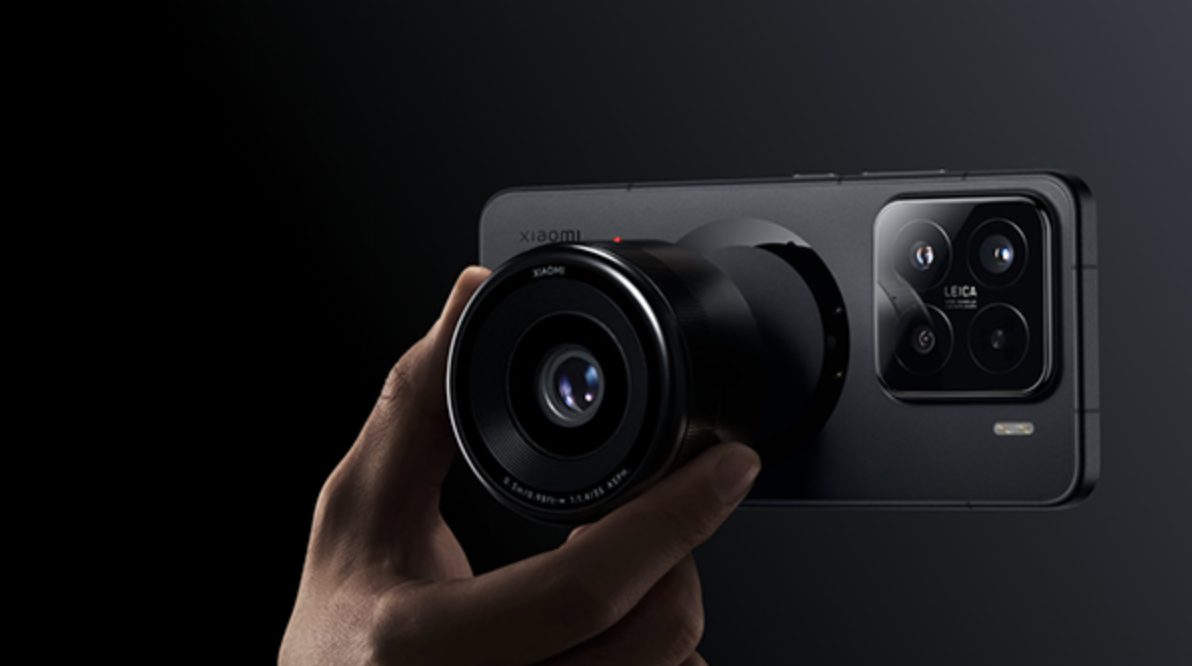
Frustrated by smartphone camera limitations? Xiaomi’s modular lens system brings DSLR capabilities to your pocket.
This magnetic breakthrough uses a 35mm equivalent lens with a micro four-thirds 100-megapixel Light Fusion X sensor. The system features apertures from f/1.4 to f/11 and quad-pixel binning for better low-light shots.
LaserLink proprietary connection delivers data at 10 gigabits per second. Engineers shrunk the profile to half the height of conventional lenses while maintaining professional-quality images.
Notable drawbacks include ultrawide camera blockage and 1-2 second activation delay. The company hasn’t announced release timing or cost structure.
12. Samsung Folding Screen Console Concept
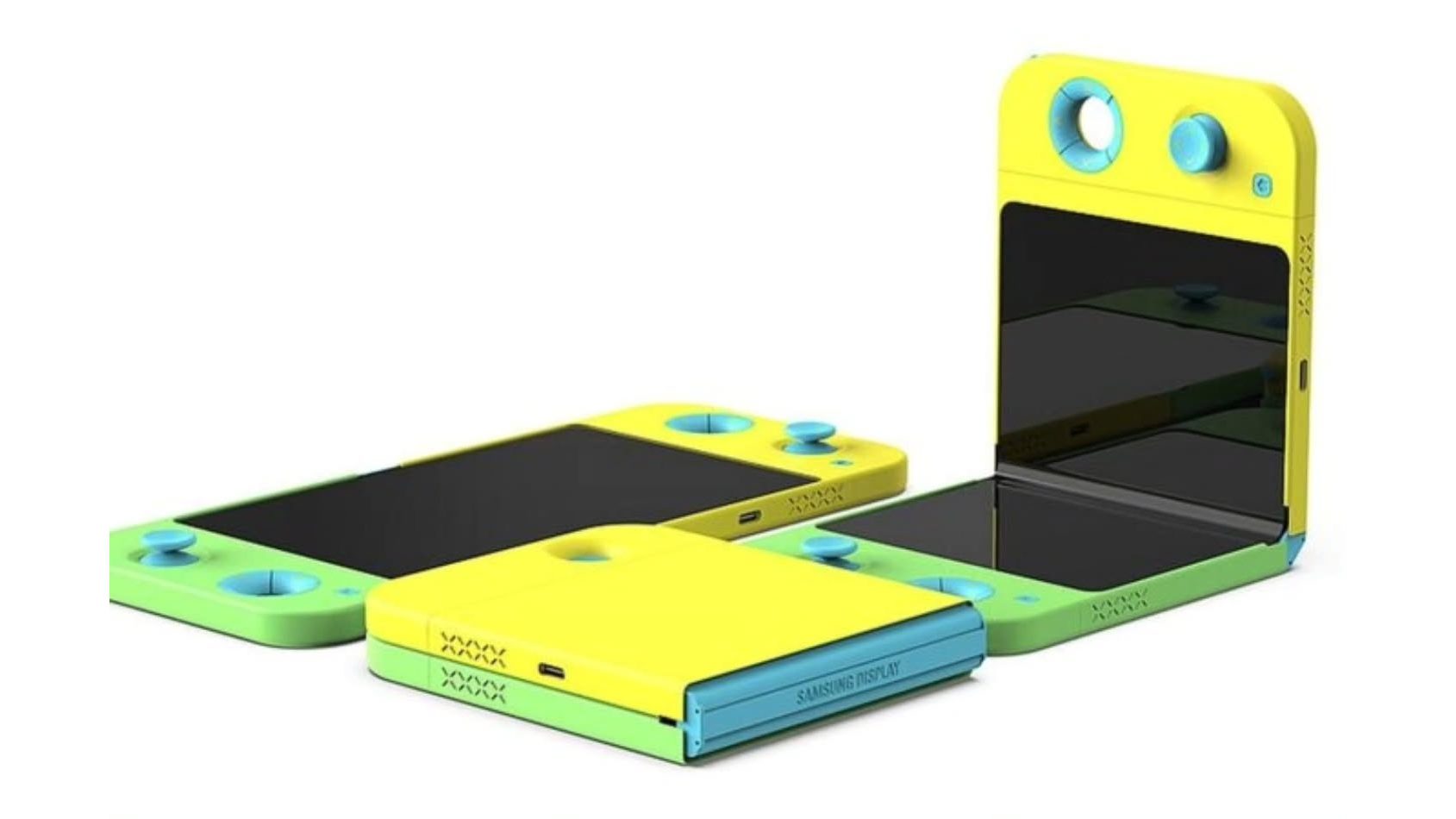
The Samsung folding screen console packs big-screen gaming into a pocket-sized device. Its ingenious structure collapses for travel yet unfolds to deliver immersive play sessions.
This clever approach merges portability with expansive viewing without compromising either. Currently a prototype, Samsung hasn’t revealed specs or a launch timeline.
Questions linger about screen resilience during extended gaming marathons, though gaming enthusiasts have embraced the innovative approach.
11. Samsung Leap Technology OLED Screen

Ever struggled to see your phone screen while wearing sunglasses? Samsung’s Leap technology eliminates this daily annoyance.
By incorporating polarization functions into alternative screen components rather than using dedicated layers, the display remains visible with polarized eyewear. These panels achieve a remarkable 5000 nits brightness, making 2000 nit screens appear dim by comparison.
Users enjoy crystal-clear viewing even in harsh sunlight. Potential drawbacks include higher power demands at peak brightness and manufacturing complexities that might limit widespread implementation.
10. Samsung Multi-Folding Smartphone Concept
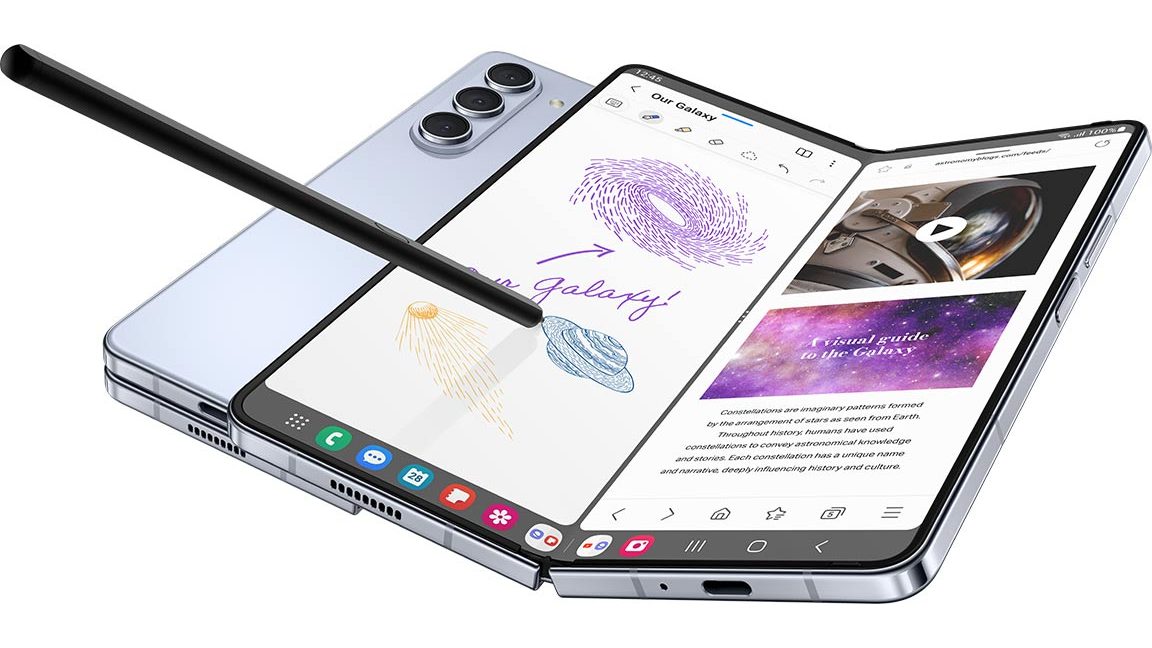
Samsung’s multi-folding concept shrinks smartphones to half their normal size when not in use. The innovative chassis folds both top and bottom sections inward, creating an ultra-compact footprint that slips easily into pockets.
Engineers face a significant hurdle: the USB-C port becomes inaccessible when fully collapsed, hampering charging options. The complex folding mechanism prompts questions about longevity after thousands of fold cycles.
Despite these challenges, Samsung continues to pioneer flexible display innovations.
9. Lenovo Folding Screen PC Concept (ThinkBook)
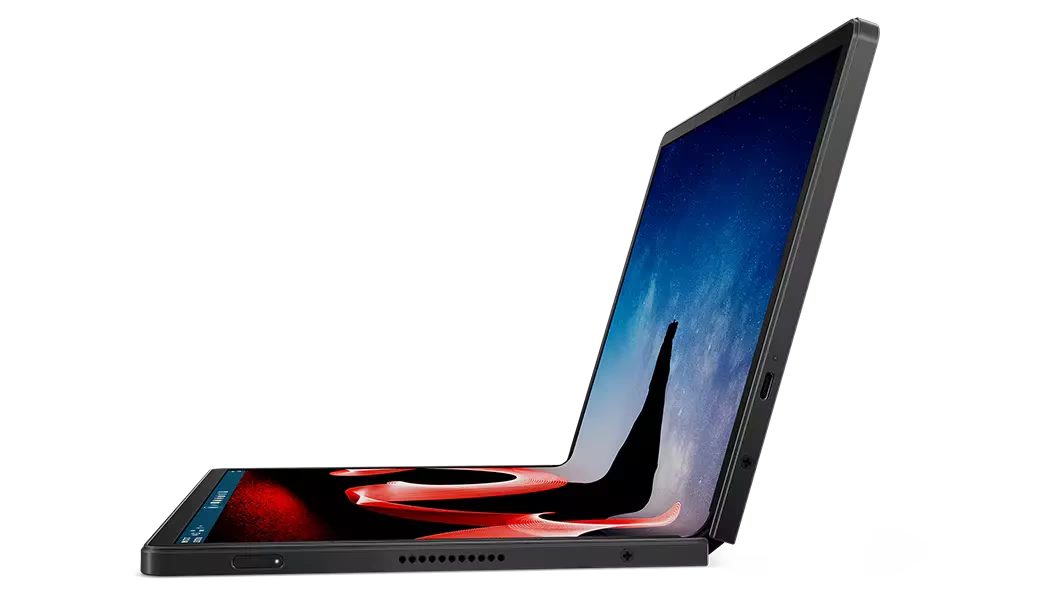
If you’re constantly switching between apps and browser windows, Lenovo’s ThinkBook with its innovative folding screen could transform your workflow.
The flexible display opens vertically to expand your visual workspace, placing browsers above and applications below. This configuration enhances productivity by maximizing visible content in a compact footprint.
Corporate professionals have shown keen interest in its multitasking capabilities. Lenovo hasn’t addressed concerns about hinge longevity or screen durability, nor announced when consumers might see it in stores.
8. Lenovo Solar Panel PC Concept
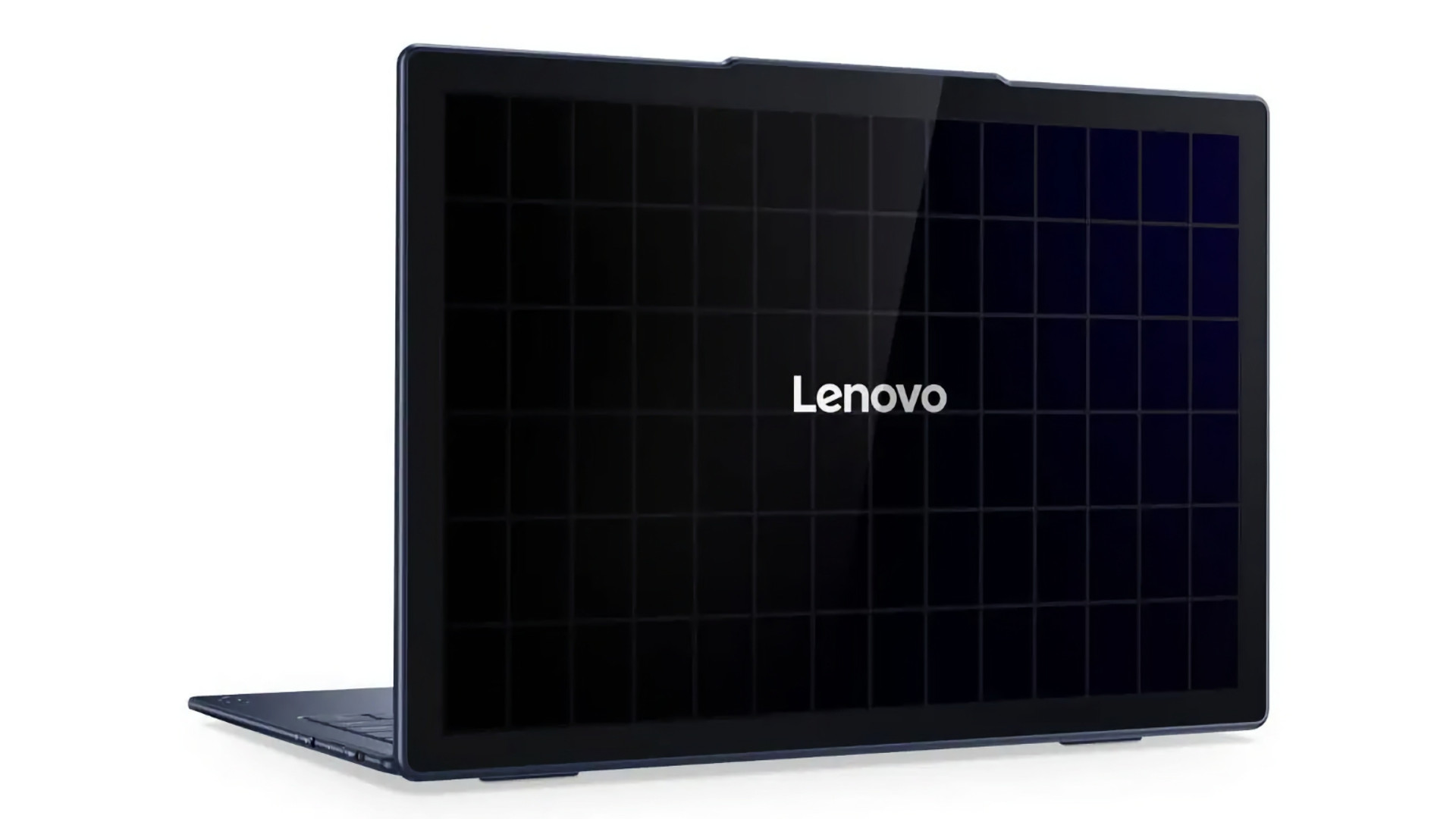
Running out of battery during outdoor work? Lenovo’s solar panel PC concept harnesses sunlight to keep you powered up.
Engineers integrated photovoltaic cells directly into the lid, enabling on-the-go charging without outlets. This eco-friendly approach lengthens usage time outdoors without guaranteeing complete freedom from wall chargers.
Environmentally conscious professionals appreciate the green credentials, though the system works less effectively in overcast conditions or indoors. Wider market acceptance hinges on advancements in solar efficiency and sensible pricing.
7. Mopic 3D Smartphone Vision Technology

The Mopic 3D attachment transforms flat phone screens into immersive three-dimensional experiences without special glasses.
A cleverly engineered glass layer converts ordinary displays into 3D viewports, while companion software processes visual content and leverages the front camera to monitor eye position. These components collaborate to generate convincing depth perception.
Healthcare practitioners and researchers gain particular advantages from the system, including lifelike 3D video conferencing. The requirement for additional hardware and dedicated apps limits convenience for everyday users, potentially constraining mainstream appeal despite the impressive visual enhancement.
6. Tecno Spark Slim
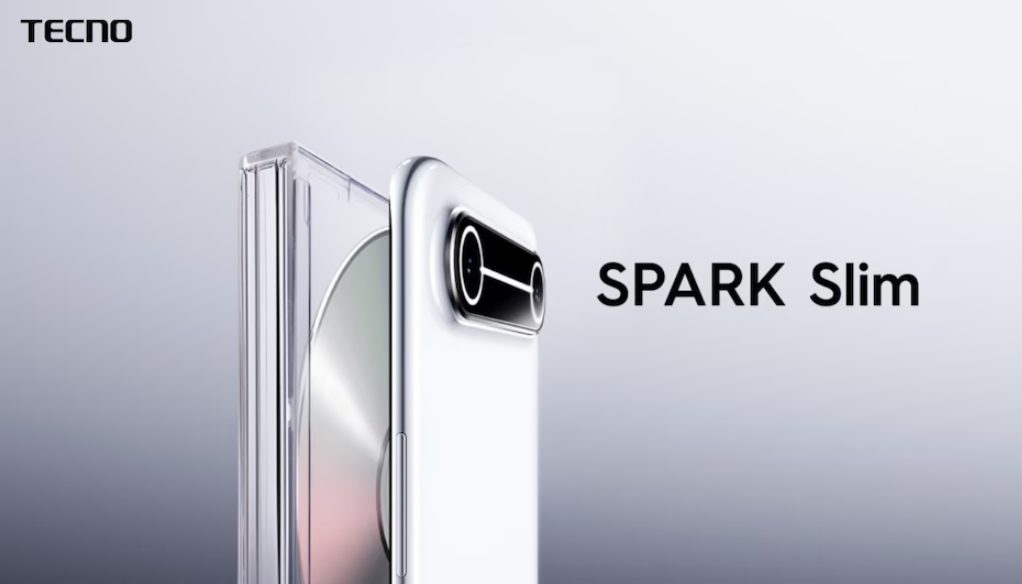
At just 5.75 mm thick, the Tecno Spark Slim ranks among the slimmest handsets ever crafted.
Despite its wafer-thin profile, the device carries a purposeful 146 gram weight and boasts dual 50-megapixel cameras. Counterintuitively, designers deliberately added mass to improve handling ergonomics.
The handset marries svelte dimensions with capable imaging, though engineers may have sacrificed battery capacity to achieve this remarkable thinness. Style-conscious consumers seeking sleek minimalism particularly appreciate this ultra-thin approach.
5. Infinix Solar Panel Smartphone
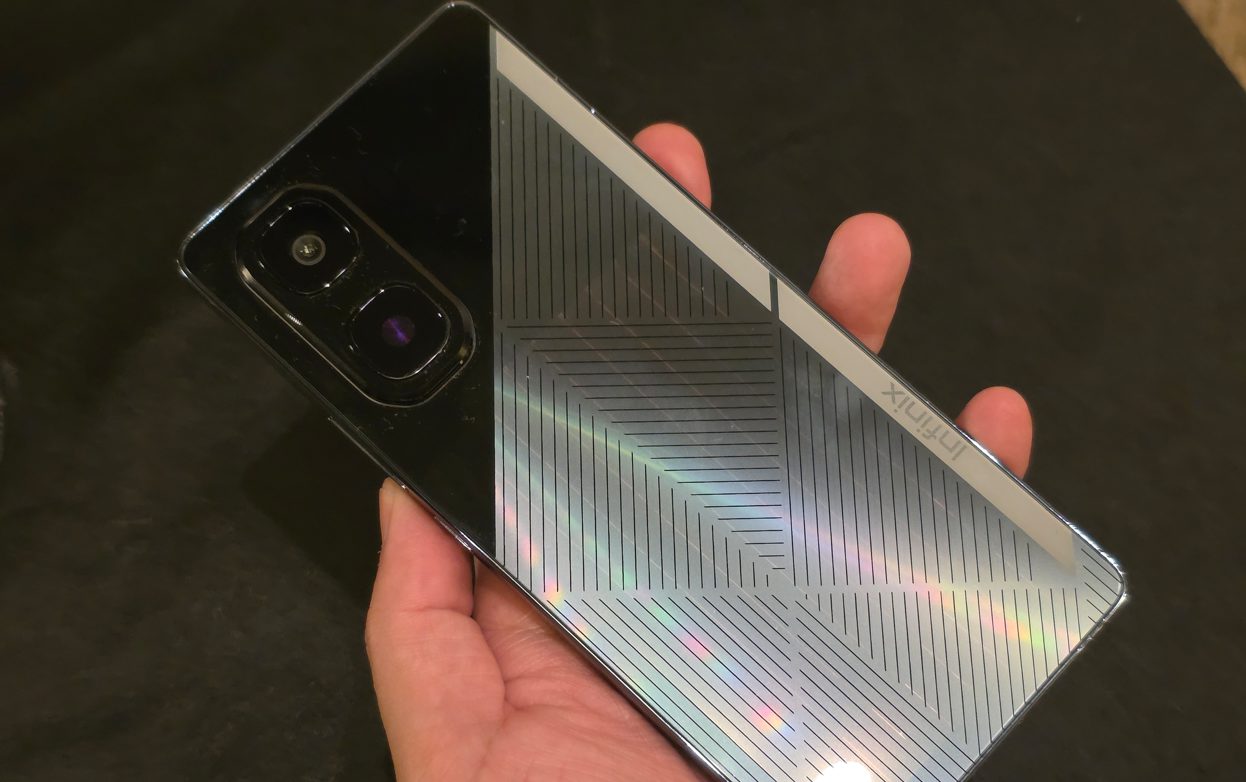
If you’re environmentally conscious and frequently outdoors, the Infinix solar panel smartphone offers a greener way to stay powered.
Engineers mounted photovoltaic cells on the rear casing to capture sunlight and extend battery life while reducing reliance on the grid. Hikers, campers, and eco-minded users appreciate this sustainable charging option.
The system functions as a supplementary power source rather than completely replacing traditional charging, with performance directly tied to available sunlight. Placement on the device’s back raises practical concerns about scratches and impact damage through everyday use.
4. Infinix E-Ink Back Smartphone
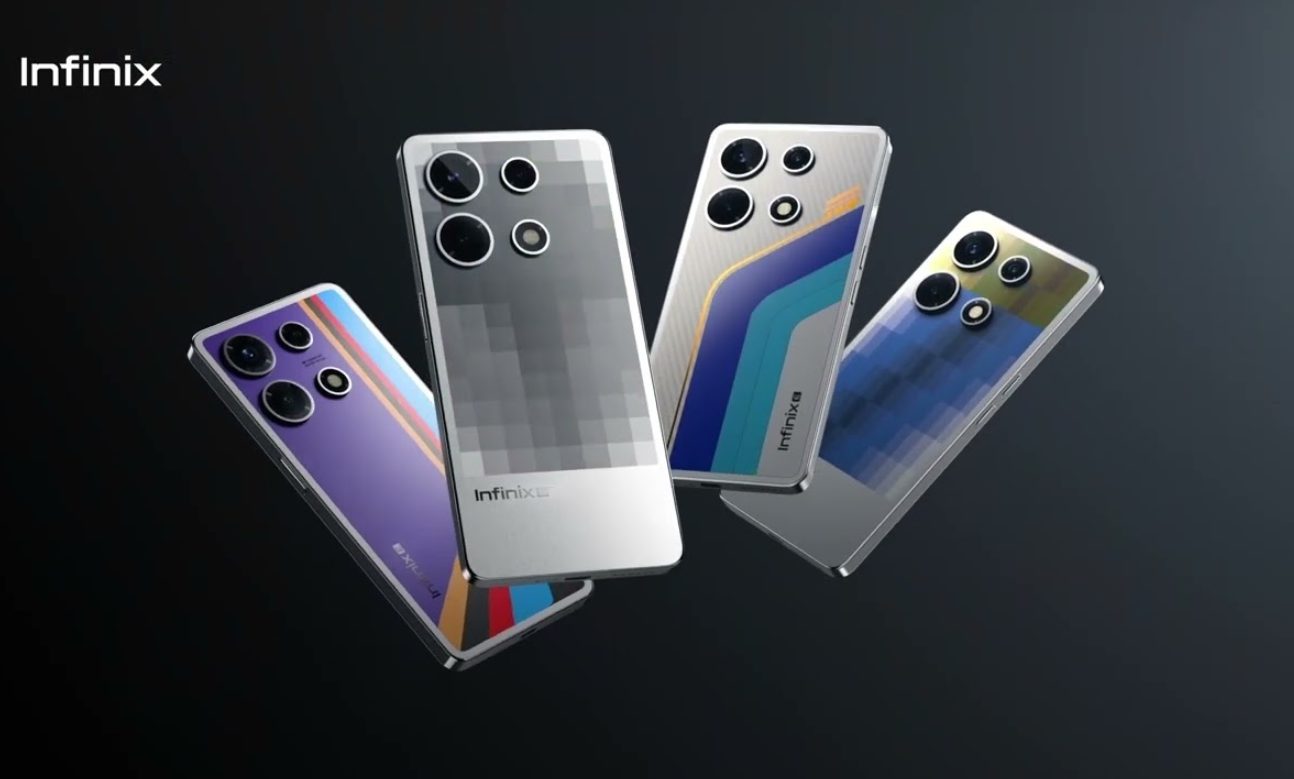
The Infinix e-ink back display lets your phone match your outfit with a simple photo snap.
This ingenious rear panel shifts patterns and hues instantly, crafting a personalized aesthetic that complements your wardrobe. The e-ink technology sips minimal power while delivering visual flair.
Practical utility lags behind conventional displays, and questions arise about durability with frequent pattern adjustments. Fashion-forward users and gadget enthusiasts make up the primary audience for this distinctive customization feature.
3. Li-Fi Connectivity Smartphone
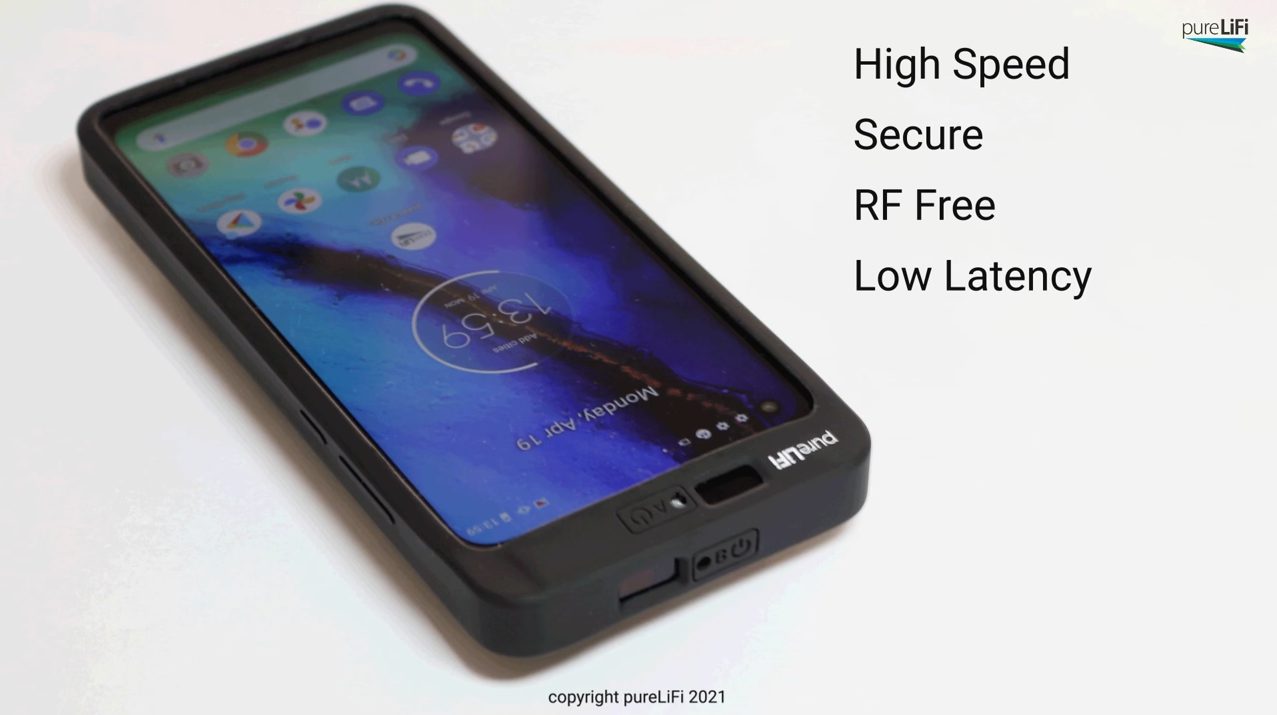
Worried about wireless data security? Li-Fi technology uses infrared light instead of radio waves to create naturally secure networks.
This approach establishes communication zones with physical boundaries, making it ideal for classified military operations and confidential corporate environments. The system delivers faster transmission speeds than traditional wireless protocols while eliminating radio frequency interference issues.
Significant obstacles include the mandatory line-of-sight connection and limited supporting infrastructure in most locations.
2. Ulefone Rugged Smartphone with Dual Screens and Projector
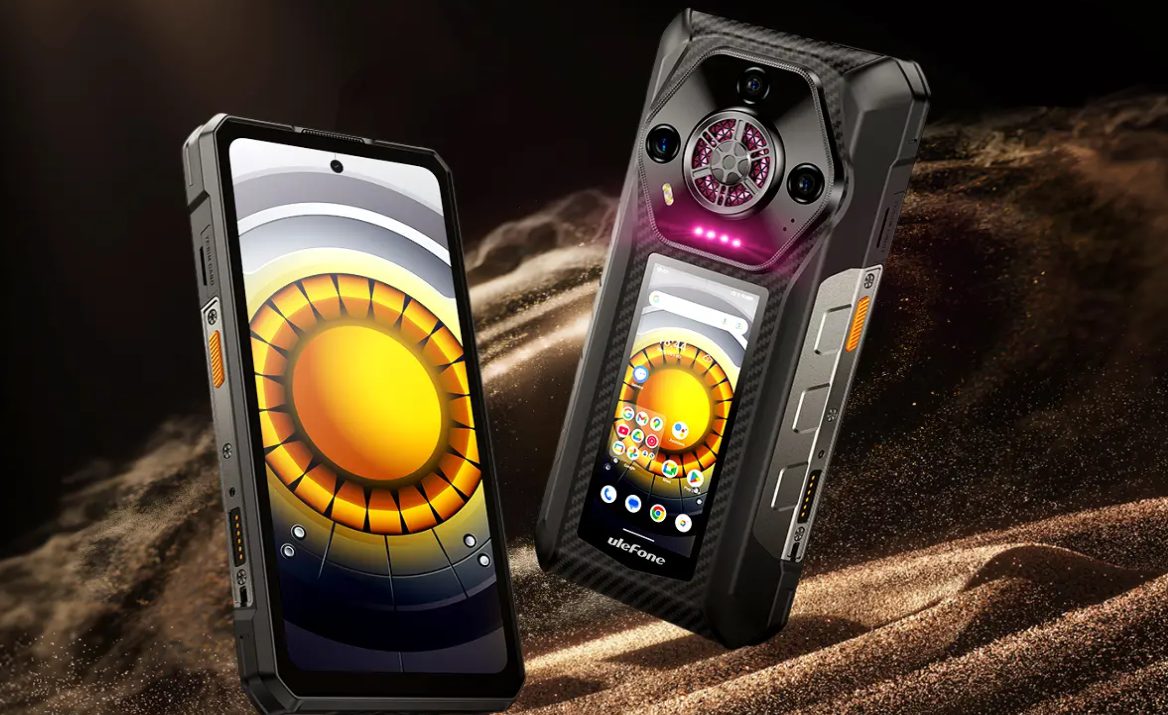
With a massive 25,500 mAh battery, the Ulefone rugged smartphone keeps going when others have long gone dark.
This multi-talented powerhouse integrates a secondary display and built-in projector within its armored chassis, which shrugs off impacts, moisture, and debris. The extraordinary power reserve ensures functionality during extended expeditions far from electrical outlets.
Downsides include considerable bulk and premium pricing due to the specialized features. Explorers, field technicians, and outdoor enthusiasts particularly value this combination of durability and versatility. For outdoor enthusiasts, it stands out among the best rugged smartphones.
1. Doogee Smartphone with Circular Rear Screen
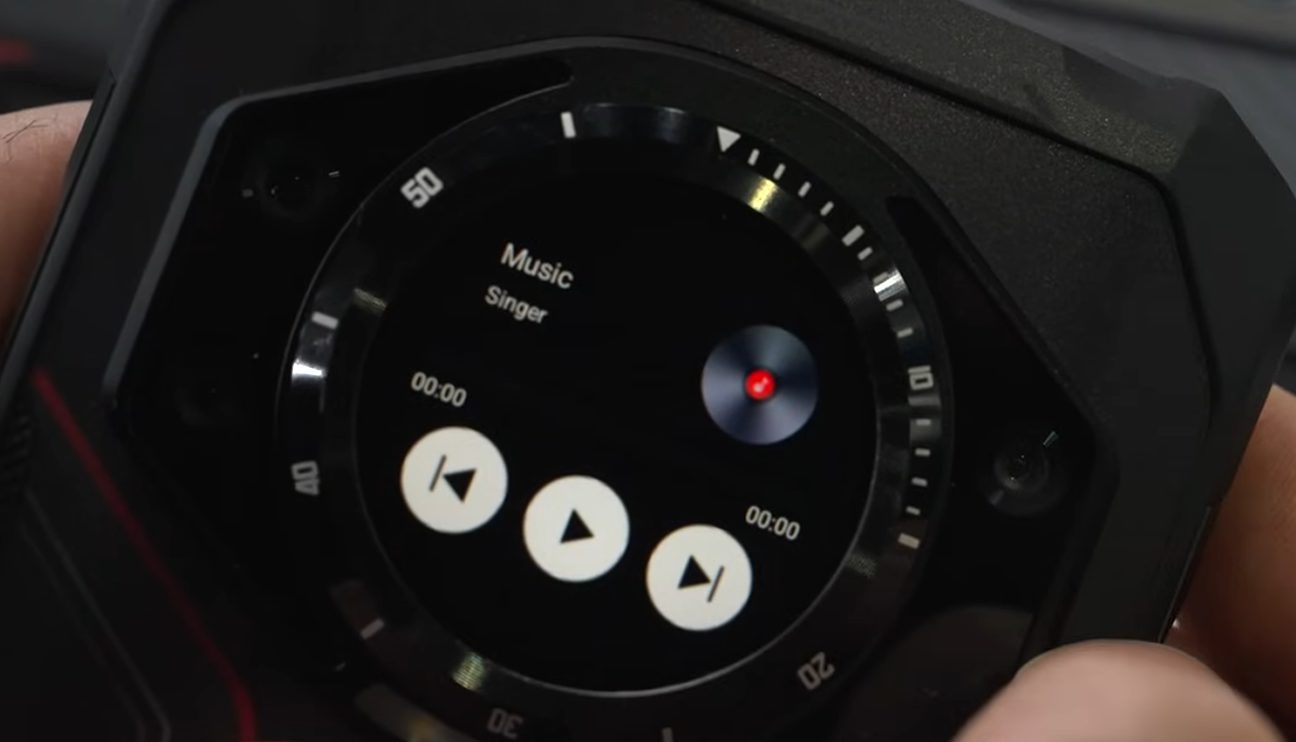
Taking selfies but can’t see what you’re shooting? Doogee’s circular rear screen eliminates the guesswork.
This thoughtfully designed secondary display provides quick access to timekeeping, direction finding, scheduling, and media playback while enabling perfectly framed self-portraits. The circular element enhances functionality without compromising the handset’s clean lines.
Size constraints limit the display’s capabilities compared to larger secondary screens found on other devices. Though not universally appealing, this distinctive feature could pioneer new directions in smartphone interface design.

